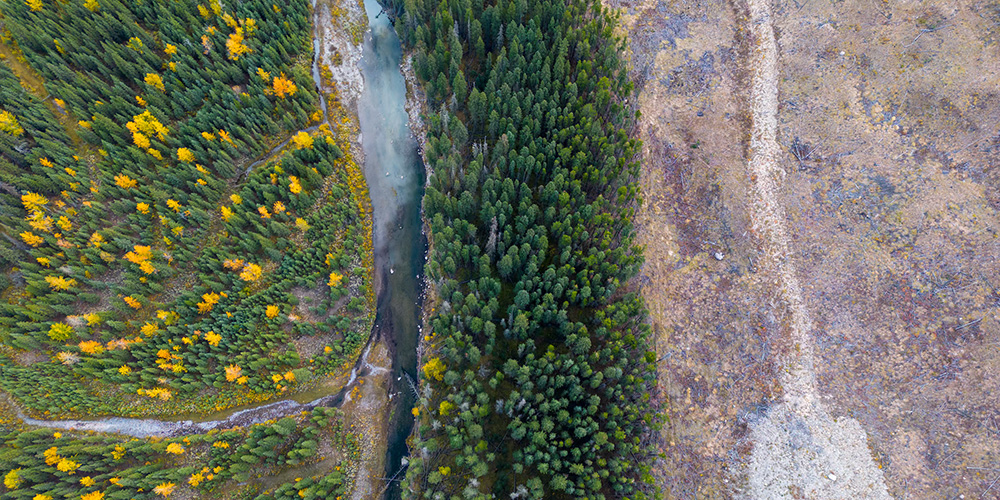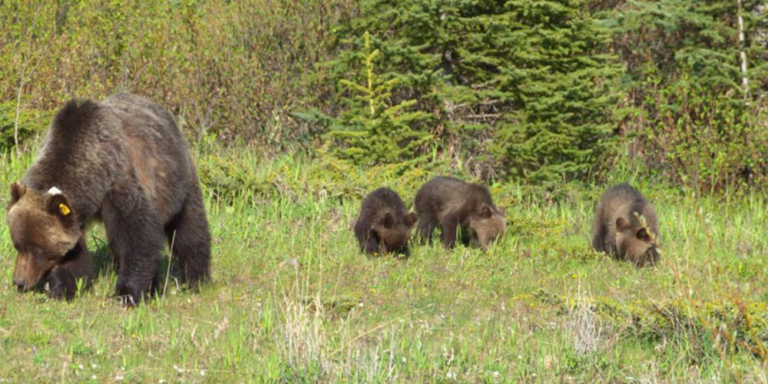Earlier this year, thousands of Albertans raised concerns about proposed logging by Spray Lake Sawmills (SLS) in Kananaskis’s Highwood River drainage.
The voices against the clearcut logging have grown since then.
Fueled by environmental, recreational, and community concerns, 13 groups recently signed a letter to Minister of Forestry and Parks Todd Loewen asking for a moratorium on logging in southern Alberta.
The planned and government-approved logging of over 2,700 acres in the Upper Highwood watershed is of particular concern and is slated to start as soon as December 1.
Concerned citizens argue that such extensive logging, especially against the backdrop of extreme drought in southern Alberta, could have devastating effects on the local ecosystem and water resources downstream.
Josh Killeen of the Canadian Parks and Wilderness Society (CPAWS) Southern Alberta noted the impending danger sedimentation from logging operations could bring to aquatic habitats and increased flooding risks.
The area is also a critical habitat for endangered and threatened species. Bull trout, Alberta’s official fish, are listed as endangered. The proposed logging would also harm Westslope Cutthroat trout, along with grizzly bears, both of which are classified as threatened under the Alberta Wildlife Act.
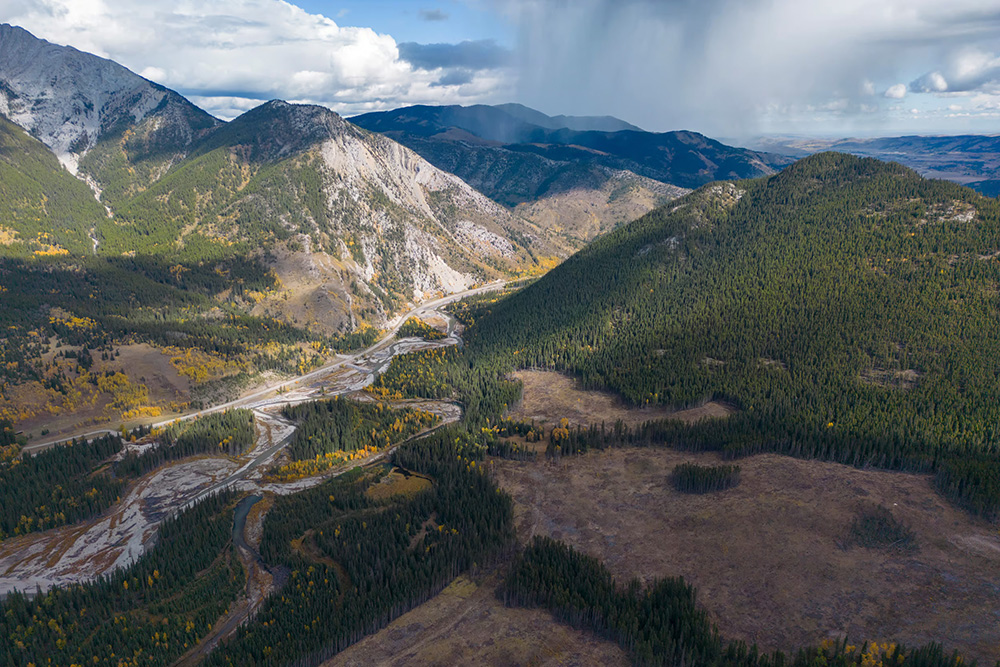

The Chorus Grows
The opposition has grown and now represents a diverse coalition of environmentalists, local government officials, recreational groups, and wildlife advocates.
Key figures like Okotoks Mayor Tanya Thorn and High River Mayor Craig Snodgrass have joined the chorus, demanding a moratorium on logging activities in the area.
Environmental groups like the Calgary Climate Hub, led by Jenny Yeremiy, are at the forefront, stressing the risk to drinking water for a significant portion of southern Alberta and the potential violation of interprovincial water allocation responsibilities.
One of the central concerns is the impact of clearcutting on local water management, particularly under current drought conditions.
Protesters like Roger Gagne from Calgary highlight that healthy forests play a crucial role in water retention and distribution, which logging activities disrupt.
Clearcut logging upstream, they argue, contributed to the severity of the 2013 High River flood, demonstrating the interconnectedness of environmental impacts.
Amber Toner from the group Take a Stand for the Upper Highwood thinks the logging approval conflicts with the stated purpose of the Kananaskis Conservation Pass, which costs Albertans $90 a year to access the recreational opportunities of Kananaskis.
Toner lamented, “The discrepancy between what Albertans pay for [the Conservation Pass] and what they witness in terms of extensive clear-cutting is alarming and goes against the essence of conservation efforts.”
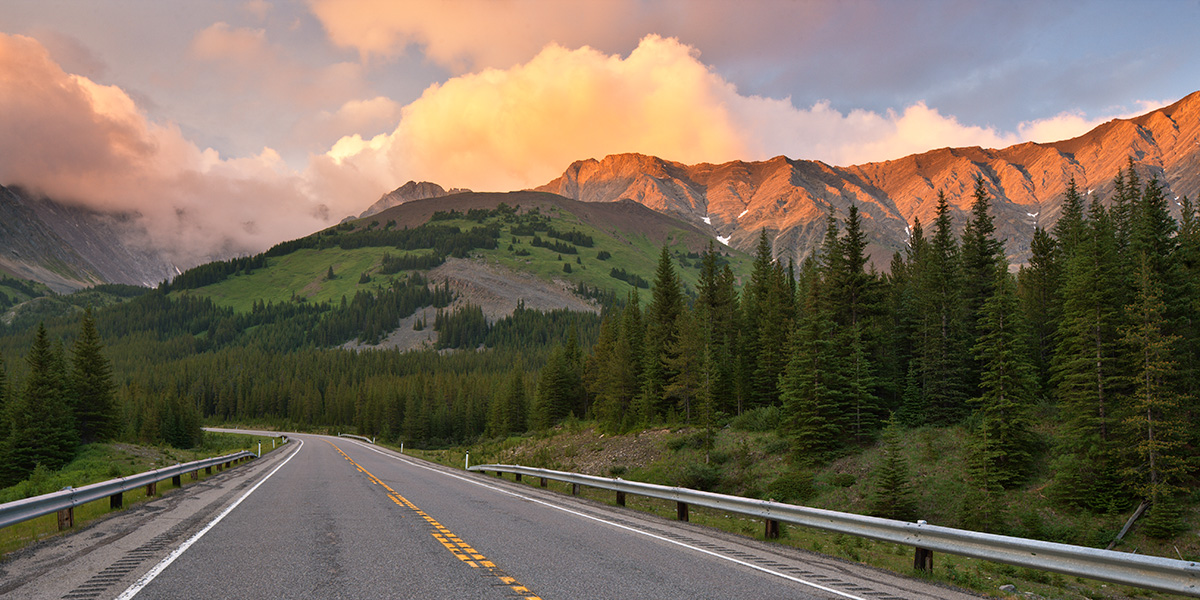

The Company’s Stance
West Fraser Timber Co. Ltd., the new owner of SLS, has committed to maintaining SLS’s forest management plan (FMP), which “seeks to balance social, economic, and environmental factors” in their timber extraction operations.
However, critics like Colin Smith of the Bow Bioregion Regeneration Network accuse the company of prioritizing profit over ecological concerns and pursuing practices that could be considered “ecocidal.”
Meanwhile, SLS has already built a bridge over the Highwood River so logging trucks can access the area for logging.
The feds are now investigating if this bridge built without a Section 73 permit violates the provincial Fisheries Act and the federal Species At Risk Act (SARA)
A Section 73 permit is required by anyone doing anything that could impact species listed under SARA – e.g. bull trout.
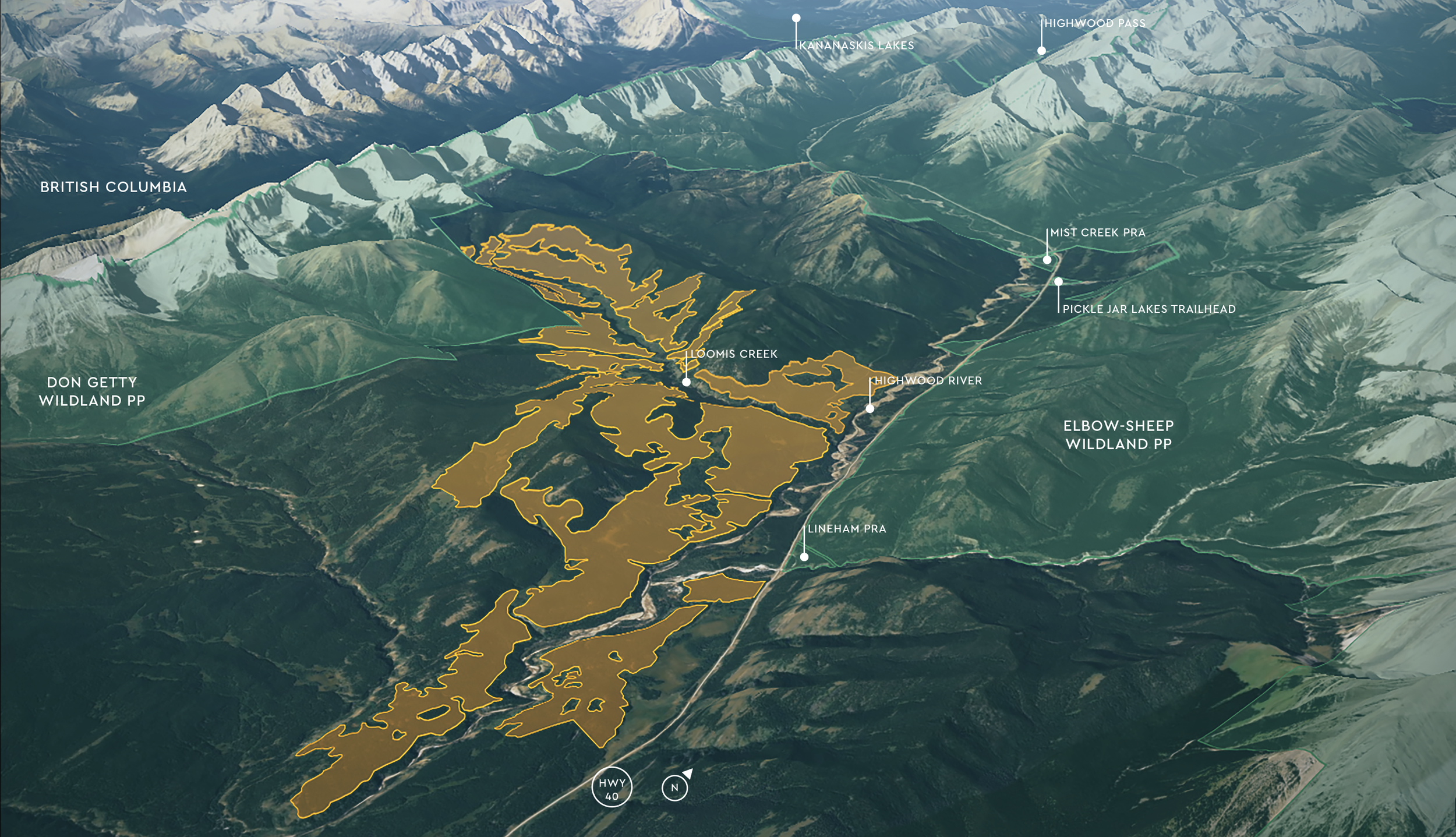

Government Response
The government’s response has been mixed.
While local mayors have expressed their concerns, the provincial government has not taken action to halt the logging.
The potential for financial damages payable to SLS if logging is stopped poses a significant hurdle for provincial involvement.
The logging company holds a 20-year renewable agreement with the Alberta government, allowing it partial management rights over forests within Kananaskis public lands.
New Dialogue
The growing opposition has led to a broader public dialogue about managing Alberta’s natural resources.
Environmental organizations encourage public participation through letter-writing and in-person protests to pressure both the provincial and federal governments.
For example, a group of protesters recently gathered at Spray Lake Sawmill’s “illegal’ bridge to demand an immediate pause in the clear-cut plans.
The Bigger Picture
The controversy in Kananaskis reflects a larger debate about land use and conservation in Alberta.


It raises questions about balancing recreational, environmental, and economic interests in a region known for its natural beauty, ecological significance and supposed protection as a natural area.
The situation underscores the complexities of managing shared natural resources, especially in the face of climate change and increasing developmental pressures.
As the situation unfolds, the public’s role in influencing policy and advocating for sustainable practices remains crucial.
The public also needs to understand that logging is driven by consumer demand.
Our desire for wood products threatens the natural areas we hold dear, including vast expanses of the boreal forest.
If we want meaningful protection of forests, we need to find sustainable alternatives to wood for building.
The fight for the Highwood continues as opponents become more vocal and the effects of a changing climate draw down our watersheds.

